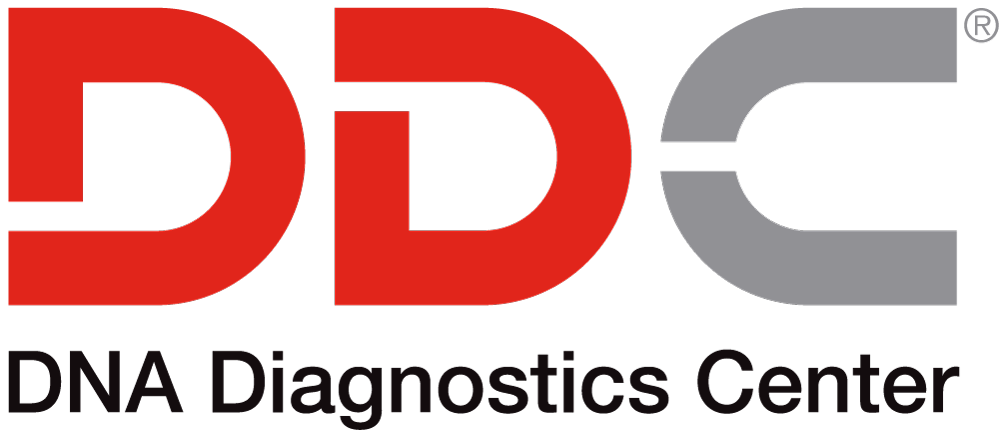FEBRUARY 5, 2018
What Paternity Testing Can and Can’t Tell You

If you’re considering DNA paternity testing, what information do you expect to get? Today’s technology is so advanced that you’re sure to get an accurate and conclusive answer to your paternity question—especially if you test with a highly-accredited lab; but some people also think they’ll get specific details and characteristics about test participants. Is this true? What info do you get? Here are some quick answers.
CALL FOR A FREE CONSULTATIONWhat Paternity Testing CAN Tell You
Paternity testing tells you whether or not the man tested is considered the biological father of the child tested
Answering this question through DNA is why people do this test in the first place, and it’s by far the most reliable and cost-effective method to determine a biological relationship. Once the DNA profiles for participants are established, results are calculated using tried-and-true statistics. Test results will usually give a probability of paternity of 99.9% or higher when a man is considered the biological father of the child tested, and 0% if DNA data shows the man is not considered to be the biological father.
The sex of paternity testing participants
One of the DNA markers checked by the lab during paternity testing is the “Amelogenin,” or sex gene. On a report, this shows as XX for female, and XY for male. This is a useful process for a variety of reasons. For example, if the child is supposed to be male and this check shows that the child’s sample is from a female, the lab can contact the customer and ask for clarification to ensure correct samples were submitted. Sometimes customers accidentally mislabel samples, and this process can catch this mistake.
Who the father is while you’re still pregnant
It used to be that you could only determine paternity once the baby was born, but that’s no longer true. The technology for non-invasive prenatal paternity testing is so advanced now that you can reliably do paternity testing while pregnant (once the mother is 8 weeks or further along) without any risk to either mother or unborn child.
What Paternity Testing CAN’T Tell You
If an alleged father sent in someone else’s samples instead of his own
If you test with a trusted and highly-regarded lab, you can be absolutely sure results are accurate for the samples the lab is given. But there are some parts of the test that may be out of the lab’s control.
When doing at-home testing, the identities of participants are not verified by an impartial outside party, or witness. For this reason, peace-of-mind paternity testing won’t determine whether the sample submitted for the possible father really is his or if he submitted someone else’s. Similarly, a mother might submit DNA for her friend’s child instead of collecting a sample for her own child. The lab cannot police this type of fraud and has to assume in good faith that the samples submitted really do belong to who participants say they do.
When doing at-home testing, it’s best if all participants can collect their DNA in the same room, watch each other seal envelopes, and drop them off at the post office together. If this isn’t possible, it might be advisable to pay a little extra for a legal paternity test wherein all DNA collection and submission to the lab is supervised by an approved witness. An added benefit of this type of test is that results can be used in court.
The age of participants
Sometimes, if there are two alleged fathers in a case who share a father/son relationship, the assumption is made that paternity can be determined based on the fact that the father’s “DNA age” would be older than his son’s. The only way to determine someone’s age based on their DNA would be to compare a sample taken at birth with a current sample. And even that would be an educated guess.
A determination of paternity if alleged fathers are identical twins
Identical twins have identical DNA, and so it’s impossible to determine paternity through affordable paternity testing at this time. To find any differences between them, their entire genomes would have to be sequenced—that’s about six billion markers—which would be super-costly!
A probability of biological relationship other than father/child
Paternity testing is just that: testing for paternity between a possible father and a child. It does not determine whether the man tested is an uncle, brother, grandfather, cousin, etc. More comprehensive analysis is required for testing these types of biological relationships and it’s called family reconstruction testing.
LEARN MORE ABOUT FAMILY RECONSTRUCTION TESTING >
Final Thoughts about Paternity Testing
Analyzing DNA is still the most accurate and reliable method for paternity testing, which is why it’s trusted to settle family disputes every day by courts across America and around the world. But it’s important to remember that these tests are designed for one specific purpose and one purpose only: to establish the probability of a biological relationship. If you have other familial questions that could be answered by DNA, other types of tests are a better choice.
About DNA Diagnostics Center (DDC)
DNA Diagnostic Center is the world leader in paternity and relationship testing. We serve healthcare professionals, government agencies, and individuals around the world to determine family relationships with trusted accuracy.
More Questions? Don’t hesitate to call us: we’re here to help!
CALL NOW




